William Tang
On April 27, 2021, U.S. President Biden nominated Heidi Shyu, a Chinese-American female engineer, as the U.S. Department of Defense Under Secretary for Research and Engineering. On July 21 of the same year, the U.S. Senate confirmed the nomination of President Biden, and Heidi Shuyu was officially appointed as the Under Secretary of Defense. She is also the highest-ranking Asian civilian official in the U.S. Department of Defense.
Heidi Shyu was born in Taipei, Taiwan on September 28, 1953, and immigrated to the United States at the age of 10 in 1963. After completing primary and secondary education, she entered university.
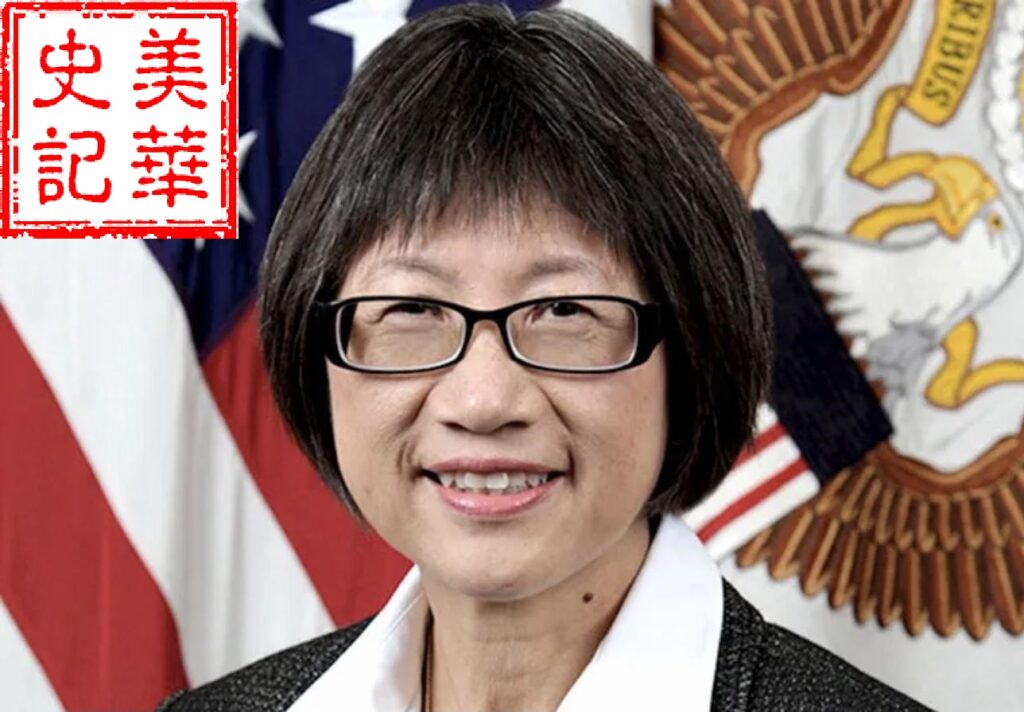
Picture 1. The new Under Secretary of Defense Heidi Shyu in 2021.
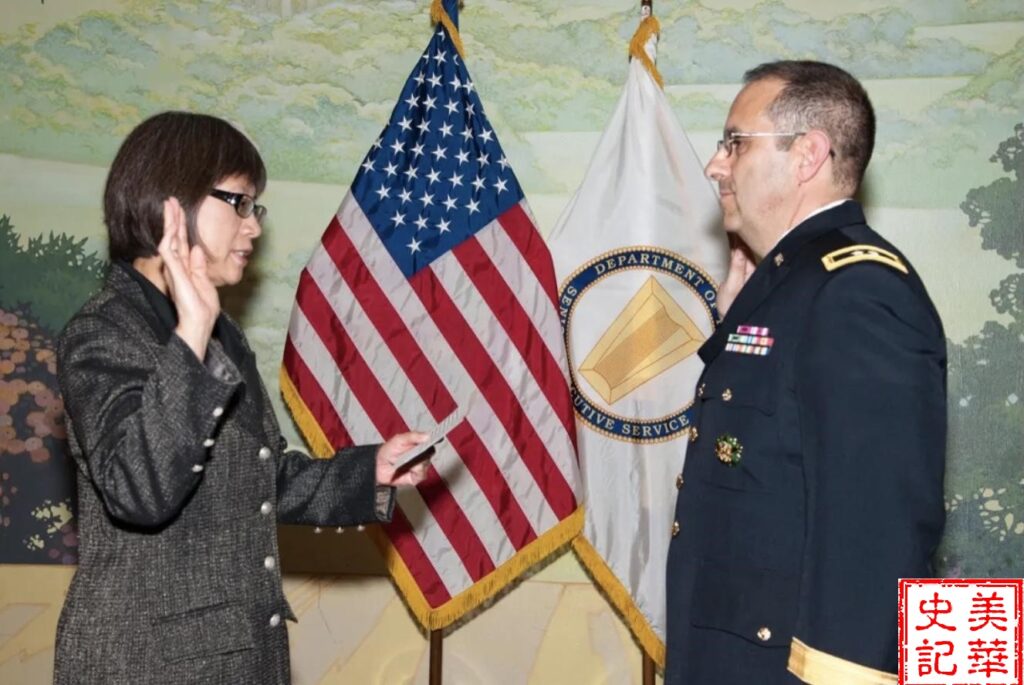
Picture 2. Heidi Shyu swore in as Assistant Secretary of the Army to Major General Harold J. Greene.
Heidi Shyu received a bachelor’s degree in mathematics from the University of New Brunswick, Canada, and an honorary doctorate degree from the same university in 2017, a master’s degree in mathematics from the University of Toronto, a master’s degree in electrical engineering from the University of California, Los Angeles, and an engineer degree from UCLA.
She started as an engineer at Hughes Aircraft Company, and then worked at Grumman and Lytton Industries. Heidi Shyu worked for a long time in the US arms giant and defense contractor Raytheon, and held the following positions: Director of Electromagnetic Systems Laboratory; Director of Joint Strike Fighter(JSF) Antenna Technology; Director of Joint Strike Fighter Integrated Radar/Electronics War Sensors; Senior Director of Joint Strike Fighter; Senior Director of Unmanned Combat Vehicles; Vice President of Unmanned and Reconnaissance Systems; Vice President and Technical Director of Aerospace and Aviation Systems; Vice President of Technology and Research Corporation; last served as Raytheon Vice President of Space and Airborne Strategy.
From 2000 to 2010, Heidi Shyu was a member of the US Air Force Scientific Advisory Committee; from 2003 to 2005, she was the vice president of the committee, from 2005 to 2008, she was the president.
She was nominated by President Obama to be Assistant Secretary of the Army for Acquisition, Logistic and Technology before being confirmed by the Senate and inaugurated on June 4, 2011. She remained in this post until the end of the Obama administration on January 30, 2016.
During the time she worked at Raytheon, Heidi Shyu led a number of key scientific research projects of the US Air Force, including the research and development of the stealth fighter F-35 radar. A number of media praised her as “the mother of the F-35 radar”.
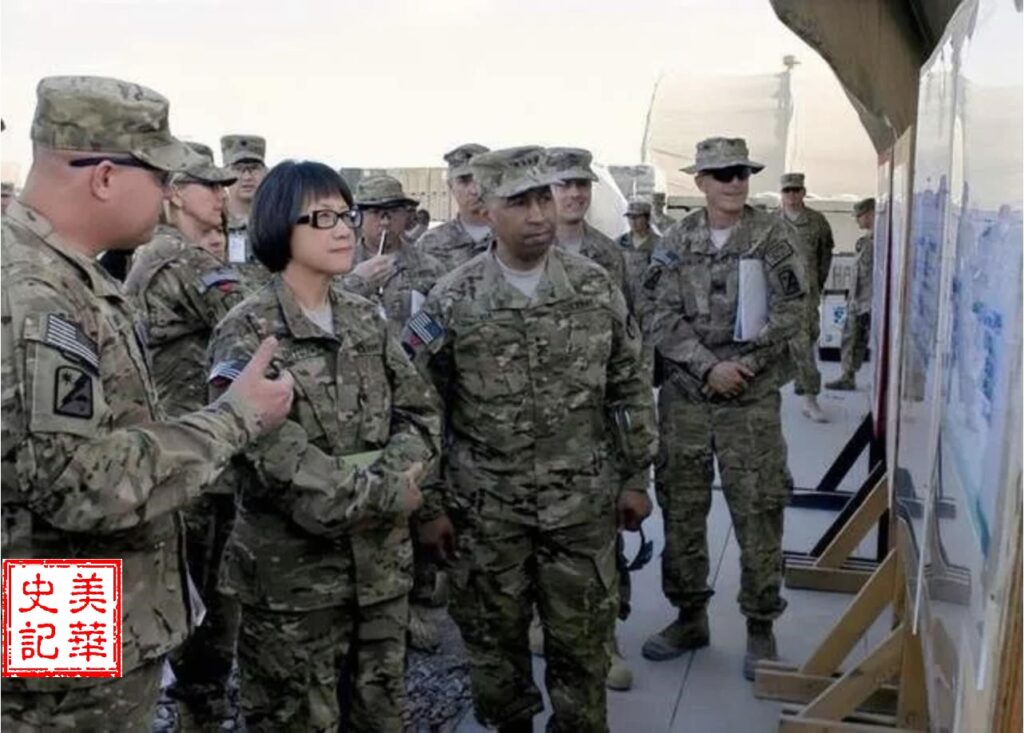
Picture 3. Heidi Shyu led a number of key scientific research projects of the US military and is known as the “Mother of the F-35 Radar”.
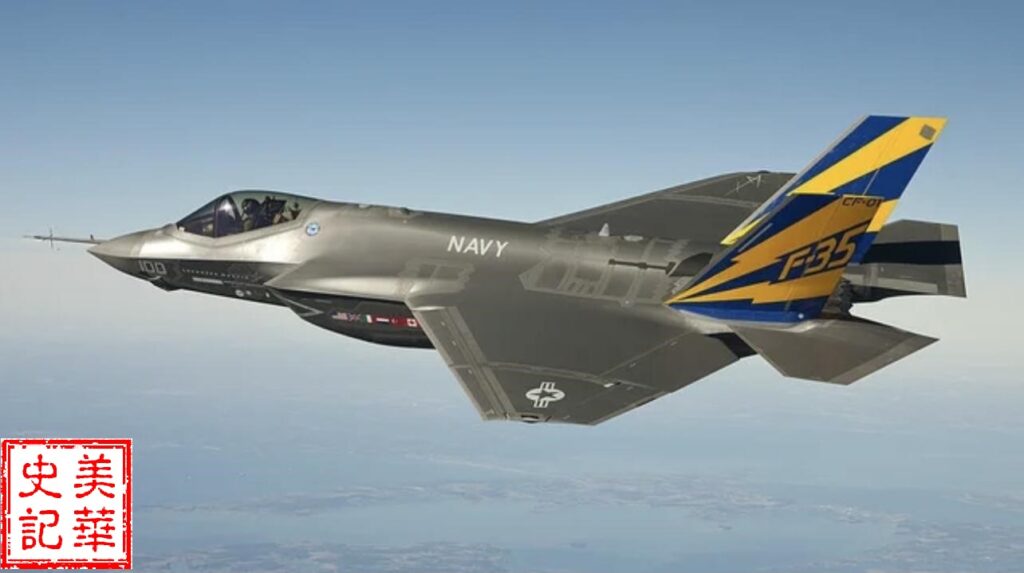
Picture 4. F-35 strike fighter.
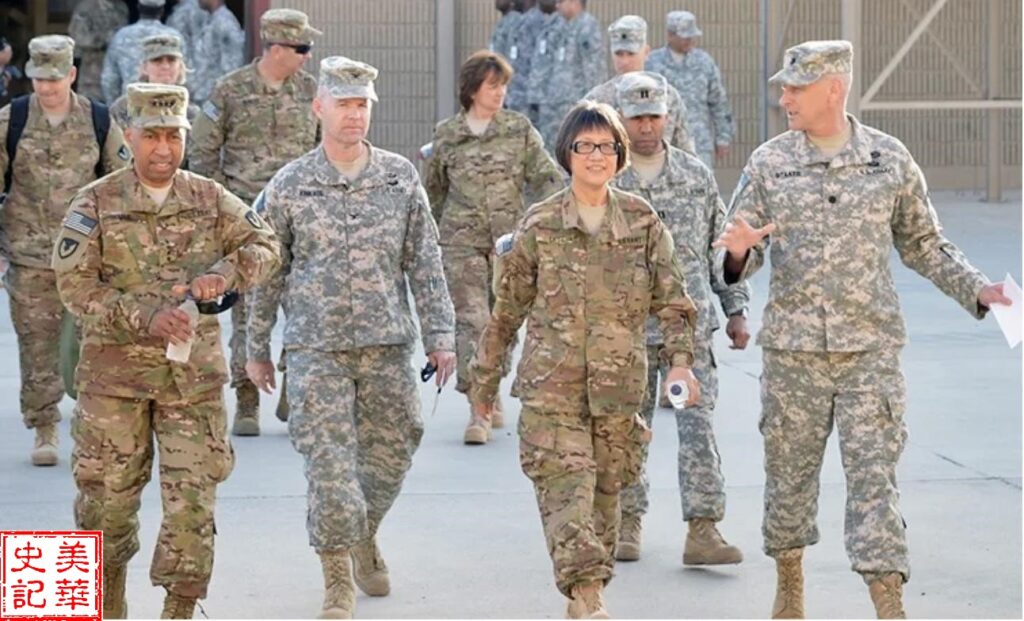
Picture 5. In 2014 Heidi Shyu visited the US military base in Kuwait.
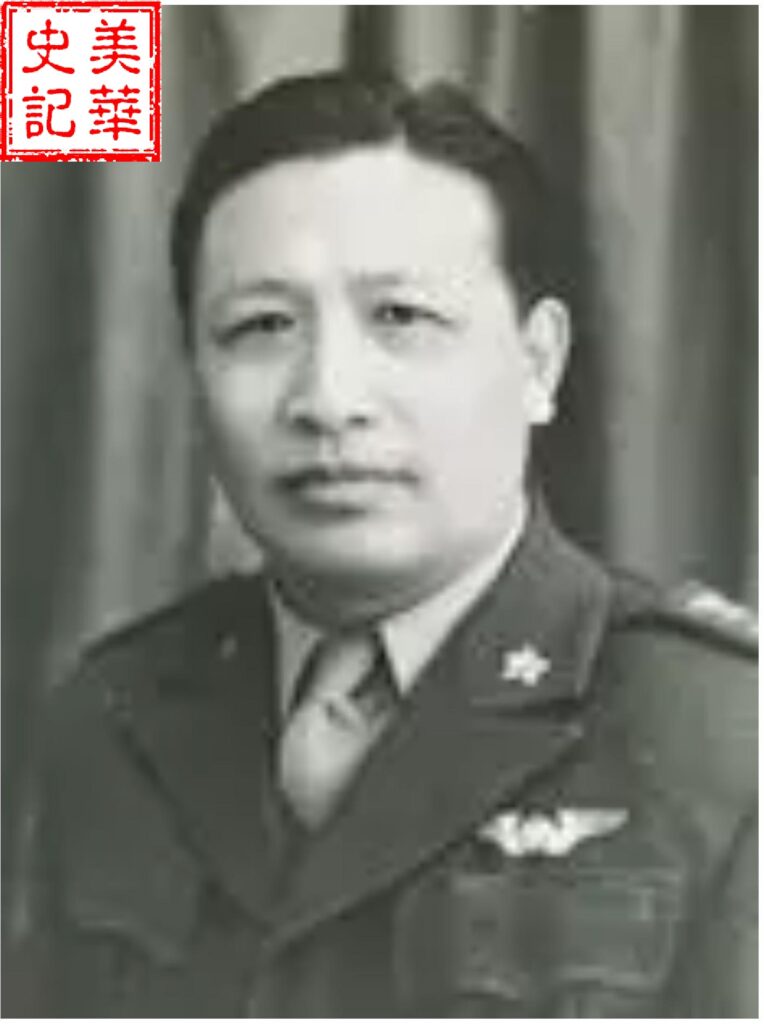
Picture 6. Heidi Shyu’s grandfather, Chinese Air Force hero Shyu Kangliang
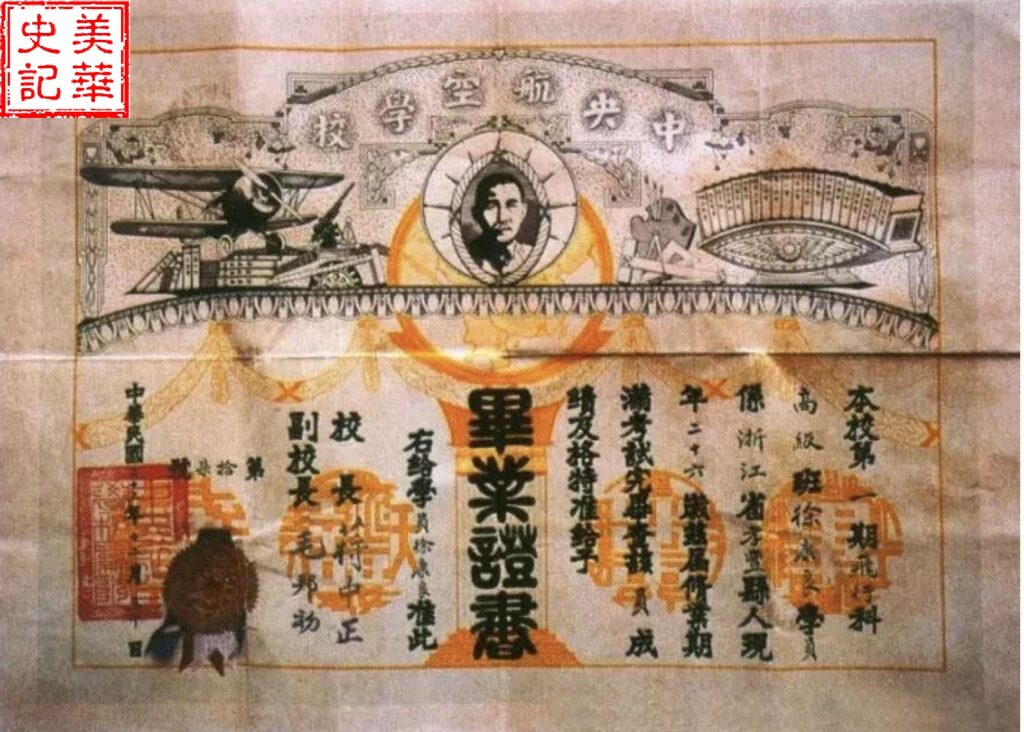
Picture 7. The graduation certificate of Shyu Kangliang, a student of the first phase of the advanced flight class of the Central Aviation School
She has a solid professional background as an engineer and was a former chairman of the US Air Force Scientific Advisory Board and a member of the US National Academy of Engineering.
Heidi Shyu is so close to the Air Force, which is related to the origin of family education. She came from an aristocratic family in the Air Force and she was the granddaughter of a general. Her late grandfather was Lieutenant General Shyu Kangliang, the former deputy commander of the Taiwan Air Force.
Shyu Kangliang was born in Xiaofeng, Zhejiang, China in 1907. He was among the first graduates of the Central Aviation School. During the War of Resistance Against Japanese Aggression, he was a combat hero flying bombers in the Chinese Air Force.
Heidi Shyu’s father Shyu Naili was born in Xiaofeng County, Zhejiang Province in 1933. He went to Taiwan with his parents when he was in high school. After finishing high school and university in Taiwan, he came to the United States for further studies. He attended the University of Washington in Seattle for a master’s degree and Columbia University in New York for a Ph.D. After graduation, he first taught in the United States, and the scope of teaching expanded to East Asian history. After moving to Canada, he taught at the University of New Brunswick for 30 years and is a professor emeritus of the University of New Brunswick. Professor Shyu was the former president of the 20th Century Chinese History Society and the Vice President of the Asian Society of Canada.
Ms. Ann Li, a writer and a researcher on the historical facts of the Chinese Air Force’s training in the United States during World War II, after years of hard work and unremitting efforts, completed the important book “Searching for Dusty Memories: The History of the Training of the Air Force of the Republic of China in the United States during the Anti-Japanese War and Exploring the Secrets of Air Crashes”. The publication of this book fills a blank page in the history of the joint fight against Japanese fascism by the Chinese and American air forces. As a child of the Air Force and a historian, Mr. Shyu Naili wrote a preface to the book “The War of Resistance Really Aroused China’s National Spirit”.
The author of this article would like to record the passages about General Shyu Kangliang in the preface by Mr. Shyu Naili for the readers.
“My father Shyu Kangliang joined the military when he was young. In 1927, he was admitted to the sixth phase of the Central Army Officers School’s traffic division. Before graduation, he was admitted to the newly established “Air Force”. He was trained in Nanjing and graduated in 1931. The following year “Central Aviation School “ was established in Jianqiao, Hangzhou. The aviation class was retroactively regarded as the first phase of the aviation school. When the Anti-Japanese War broke out, my father served as the squadron leader of the Air Force No. 1 Brigade(Bombing Brigade), and was promoted to the leader of the battalion. In early 1939, he was transferred to Kunming, Yunnan and served as the bombing team leader of the Air Force Officers School (formerly the Central Aviation School). After two years of resistance, the ROC Air Force lost all military aircrafts that could fight, and the remaining aircrafts were mainly used to train students to cultivate them.”
“After the Pearl Harbor Incident the world situation changed dramatically. China and the United States became the main members of the allies, and the United States began to provide economic and military assistance to China.”
“Beginning in the second half of 1942, batches of ROC Air Force personnel were sent to the United States for training, and returned to China to fly new fighter planes aided by the United States to resist Japan and regain air supremacy.”
“In May 1943 the Republic of China selected about 300 officers and sergeants and sent them to the United States for relatively long-term training, preparing to receive the American-aided heavy bombers B-24, and set up a bombing brigade. My father was appointed as the team leader, and in batches from Yunnan to India, then took a ship to detour the South Pacific to the west coast of the United States. These personnel were trained until the end of the following year, and then passed through India in the spring of 1945. They received the fleet and returned to China, forming the Eighth Air Force Brigade.”
Heidi Shyu was appointed as the Under Secretary of Defense of the United States. She is a successful example of Chinese American women and Asian women in politics.
Translated by William Tang